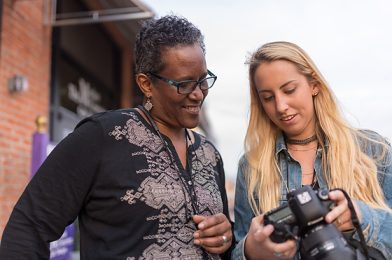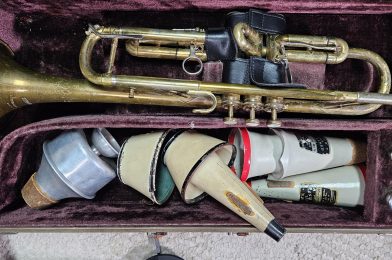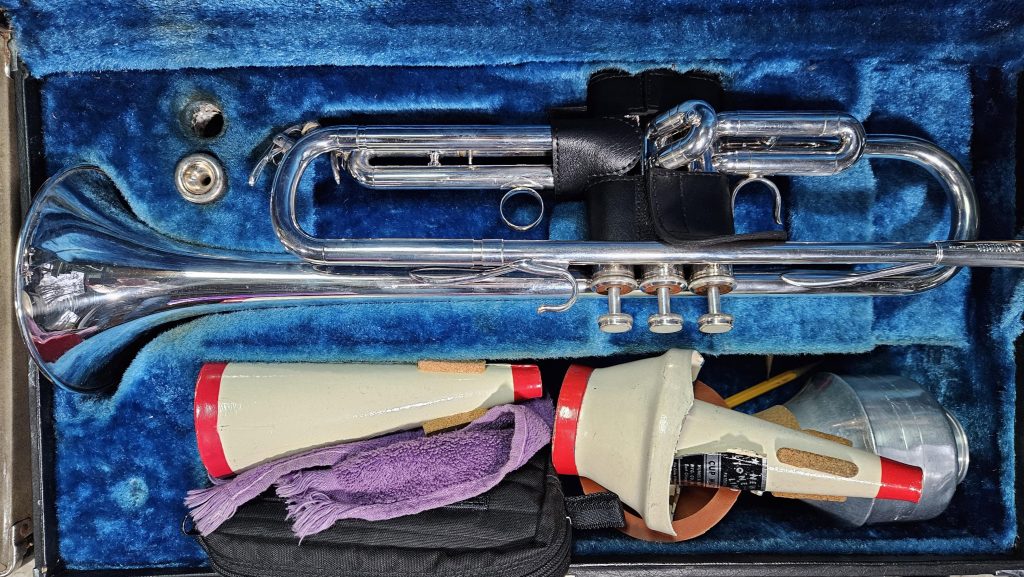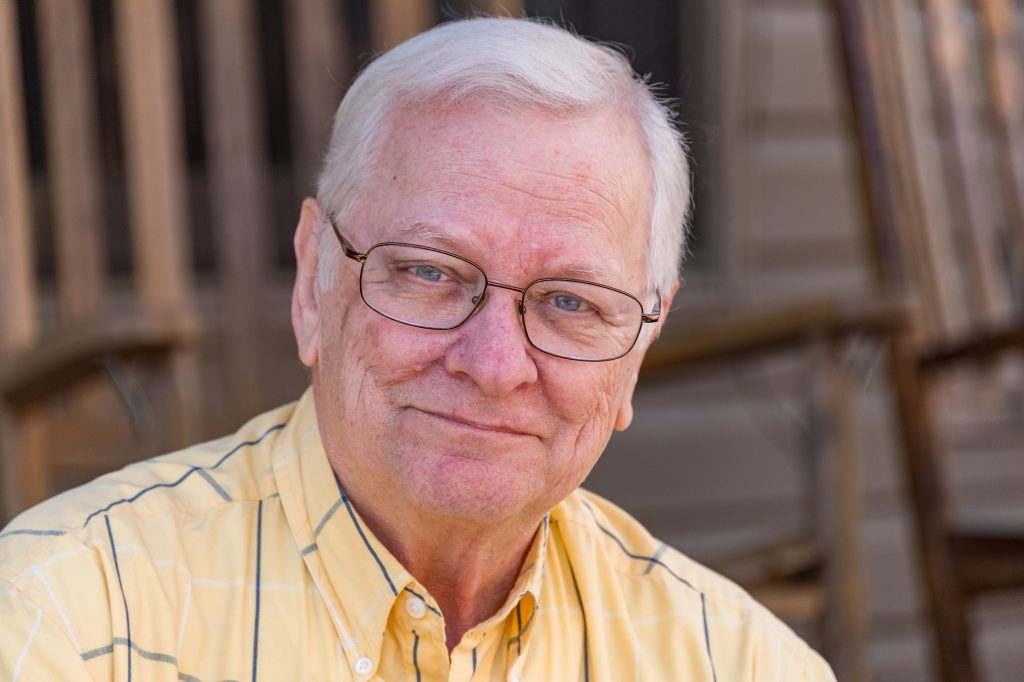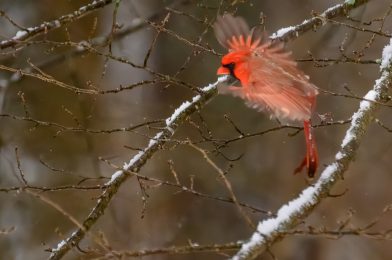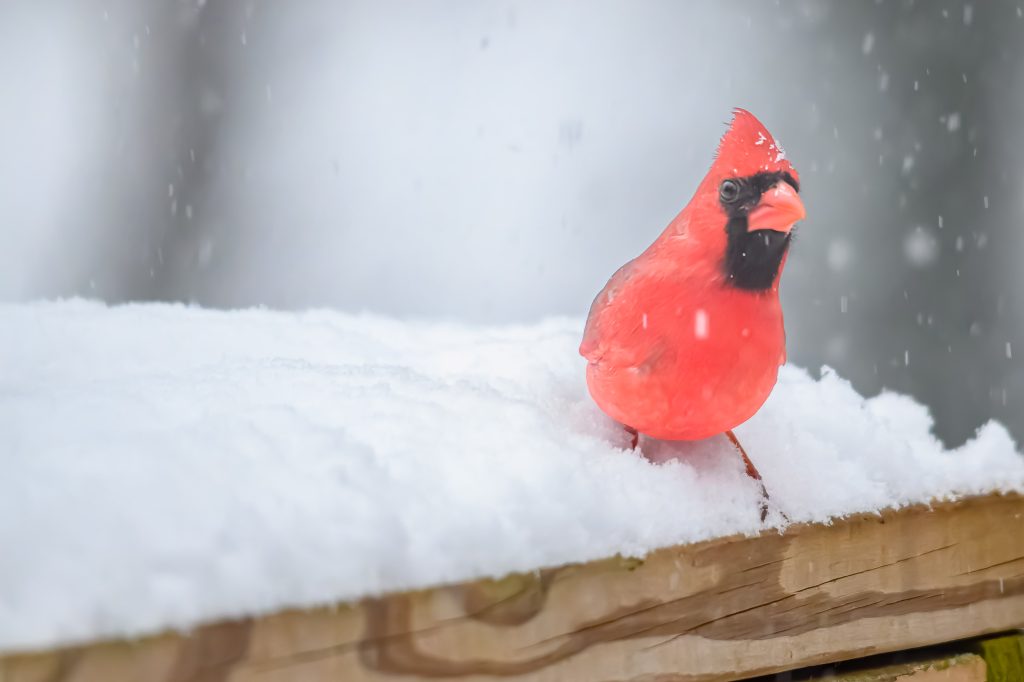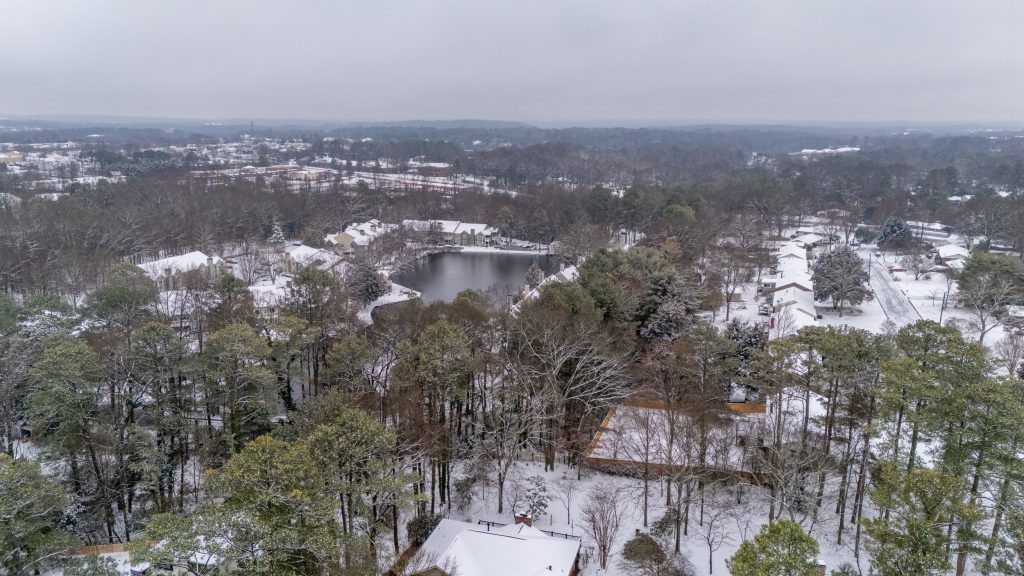As an independent photographer, it’s easy to fall into the trap of thinking your work is just about delivering images. A client hires you; you take photos, and they pay you—it’s a transaction. But if you want to build a lasting career, focusing solely on transactions will limit your growth.
The magic happens when you go beyond the transaction and build client relationships. Relationships lead to repeat business, referrals, and a more fulfilling career. The formula is simple:
Values + Trust = Relationship
Without trust, you’re just another photographer sending an invoice. But when clients trust you and connect with your values, they see you as a partner—not just a vendor.
How Transactions Differ from Relationships
A Transaction-Only Mindset
A transaction looks like this:
- A client emails you for a quote.
- You respond with a price and contract.
- They approve it, you show up, take photos, and send the gallery.
- The client pays, says thanks, and moves on.
There’s nothing inherently wrong with this process, but there’s no connection beyond the business exchange. The next time they need a photographer, they might shop around for the cheapest option because there’s no relationship keeping them loyal to you.

A Relationship-Driven Approach
Now, contrast that with a photographer who focuses on values and trust:
- Before sending a quote, you take time to understand the client’s needs, goals, and vision.
- You align your work with their values—whether it’s their brand story, personal milestones, or the emotions they want to capture.
- You communicate consistently, helping them feel confident and heard.
- After the project, you follow up—not just with a delivery link, but with personal engagement.
In this approach, the client sees you as more than a service provider. They feel connected and are likelier to return to you, recommend you, and even advocate for your work.
How to Implement Values + Trust in Your Business
1. Define and Share Your Values
What do you stand for as a photographer? Is it authenticity? Storytelling? Capturing emotions? Helping nonprofits?
Your values should be reflected in:
- Your website and portfolio
- Your social media posts
- The way you communicate with clients
Clients who see your values align with theirs are more likely to trust and invest in your work.
2. Be More Than a Price Tag
If the first thing a potential client asks is, “What are your rates?” don’t just send numbers. Instead, respond with:
“I’d love to understand what you’re looking for and how I can best serve you. Let’s hop on a quick call so I can hear more about your vision.”
This shifts the conversation from cost to connection and allows you to create a service that meets their needs.
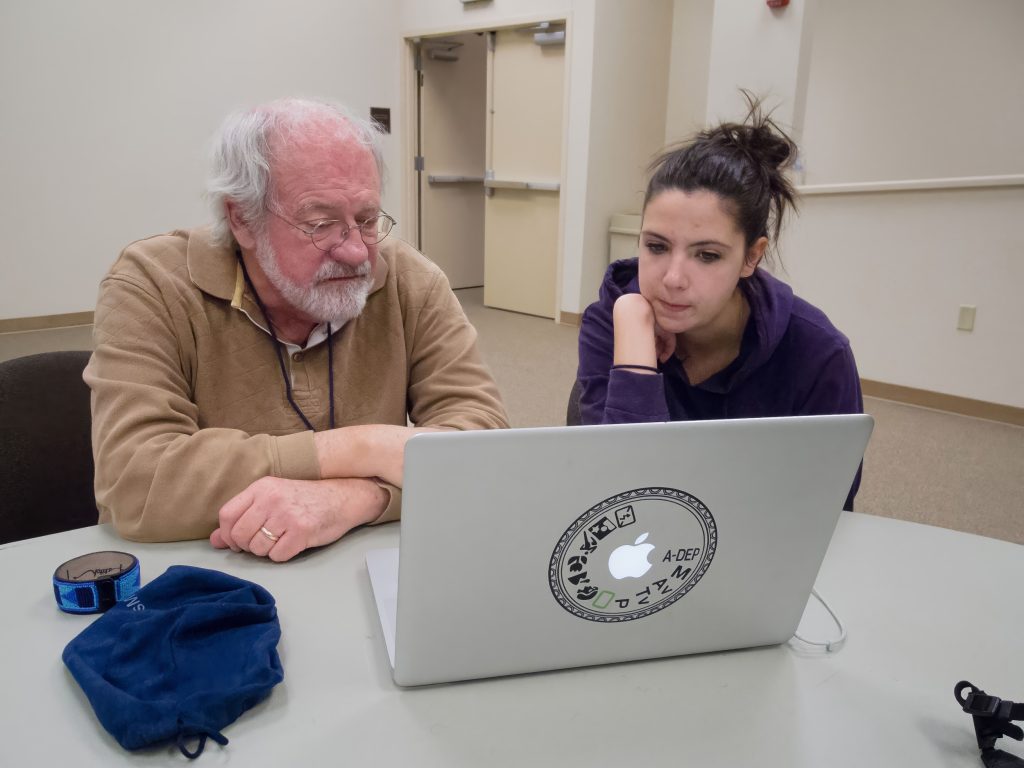
3. Over-communicate (In a Good Way)
Trust is built through clear and consistent communication. Keep clients informed at every stage:
- Confirm bookings and send reminders.
- Share what they can expect before, during, and after the shoot.
- Offer guidance on how to prepare.
- Be responsive and proactive in answering questions.
Clients feel valued when they’re not left guessing.
4. Give More Than Just Photos
A transaction ends when files are delivered. A relationship continues because of thoughtful follow-up:
- Send a handwritten thank-you note or a small gift.
- Share behind-the-scenes moments on social media and tag them.
- Offer a referral discount or loyalty incentive.
- Check-in months later with a personal message.
Small touches make clients feel part of something bigger than a one-time shoot.
5. Think Long-Term, Not One-Time
Approach each client as someone you want to serve for years, not just for one project. Consider:
- How can you provide value beyond this shoot?
- What future needs might they have (family portraits, branding updates, milestone events)?
- How can you stay top-of-mind without being salesy?
For example, a wedding photographer who follows up with anniversary reminders or a corporate photographer who sends insights on visual branding will naturally build deeper client loyalty.
The Long-Term Benefits of Relationships Over Transactions
When you invest in relationships rather than just jobs, you gain:
✅ Repeat business
✅ Word-of-mouth referrals
✅ Clients who trust your expertise (fewer pricing objections!)
✅ More fulfilling work with people who truly appreciate your talent
The best photography businesses aren’t built on one-time gigs. They thrive on connection, trust, and shared values.
So, as you approach your next client, ask yourself: Am I just delivering a service, or am I building a relationship?
Your business will thank you for choosing the latter.

